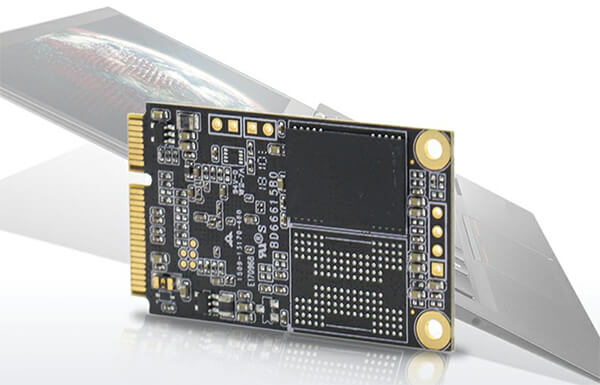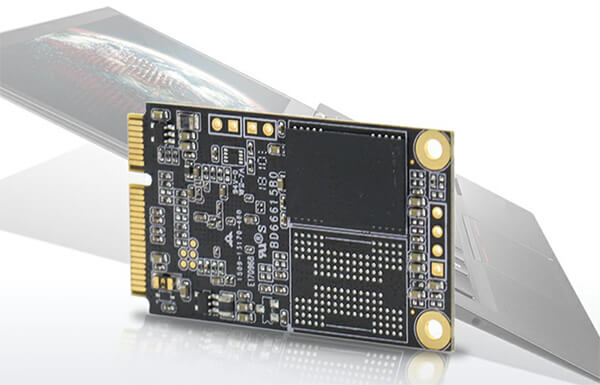News
Site Editor
 Site
https://kingspec.usa02.wondercdn.com/uploads/image/6307135a29359.png
For many computer users, slow boot speed due to old age hard drives are now in the past, all thanks to a new type of storage called solid-state drive (SSD).
Site
https://kingspec.usa02.wondercdn.com/uploads/image/6307135a29359.png
For many computer users, slow boot speed due to old age hard drives are now in the past, all thanks to a new type of storage called solid-state drive (SSD).
The Basics On M.2 SSD, SATA, And PCIe Interfaces
Views: 8428
Author: Site Editor
Publish Time: 2020-09-15
Origin: Site
For many computer users, slow boot speed due to old age hard drives are now in the past, all thanks to a new type of storage called solid-state drive (SSD).
Choosing the right storage drives with the right form factor and interfaces could be confusing to some users as SSDs continue to revolutionize.
M.2 SSDs are portable, fast, and give enough storage space that expands the range of choices and solutions that matches ones’ workloads and performance.
Although different interfaces help connect the M.2 drive to the computer, the common ones are the Peripheral Component Interconnect Express (PCIe) and Serial Advanced Technology Advancement (SATA).
Therefore, whenever you choose to buy an SSD for your computer, ensure to contact a reputable SSD supplier.
M.2 SSD
M.2 SSD is a solid-state drive that is used in an internally mounted storage expansion device of a small form factor.
They are designed to give high-performance storage in power-constrained devices such as notebook, laptops, and tablet computers.
They are generally smaller when compared to other SSDs such as the mini-SATA (mSATA).
Specifically, M.2 as an interface specification is more popular due to its versatility – supports multiple applications such as Universal Serial Bus (USB), Wi-Fi, SATA, and PCIe.
The SATA International Organization and PCI Special Interest Group – a technology industry consortium, determines the M.2 form factor specification.

What is PCIe?
Peripheral Component Interconnect Express (PCIe) is a high-speed bus used in computers.
It is the connection that transfers information and data either from one device to another within the computer or between the computer and another device.
The PCIe interface specifications are defined by the PCI Special Interest Group.
PCIe performance
The most important feature of this interface is the implementation of multiple lanes for its connection.
A lane is a single serial data connection that is similar to a SATA connection whereas, PCIe uses four lanes for connection. This leads to four times faster data exchange in comparison to the SATA connection.
Another great benefit of PCIe is its low power consumption.
The combination of PCIe, NVME (Non-Volatile Memory Express), and SSD's lack of moving parts give a storage drive that consumes less power, thereby lengthening the battery life of the device in use.
The PCIe and SATA Interfaces
Various physical interfaces connect a drive to the computer but the common ones are the SATA and PCIe interface.
· SATA Interface
The Serial ATA interface was established and introduced before the PCIe interface, making it older.
It uses only one lane for connection and can be found in a hard drive and solid-state drive.
It was developed for hard drives but was later adopted for solid-state drives (SSDs) – when it was established. This was an easy upgrade on storage drives for users.
· PCIe Interface
This is a new interface that possesses a small physical footprint. It can transmit data on four lanes, which is the most important benefit it has.
When a PCIe interface is combined with a logical interface NMVe, the read and write speed of an SSD increases when compared to using the SATA interface.
The PCIe interface can only be found in a solid-state drive such as the M.2 PCIe SSD.
Conclusion
In an era where speed matters, upgrading to a PCIe interface has become a trend for M.2 solid-state drive.
The combination of PCIe interface with a logical interface such as NVMe increases the read and write speed of an SSD.
Looking for an SSD with these features? Contact a reputable SSD supplier like Kingspec and be sure of getting the best product.






















